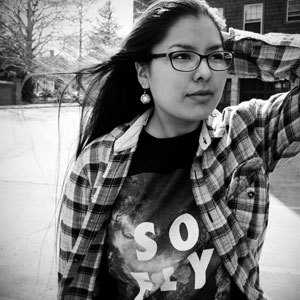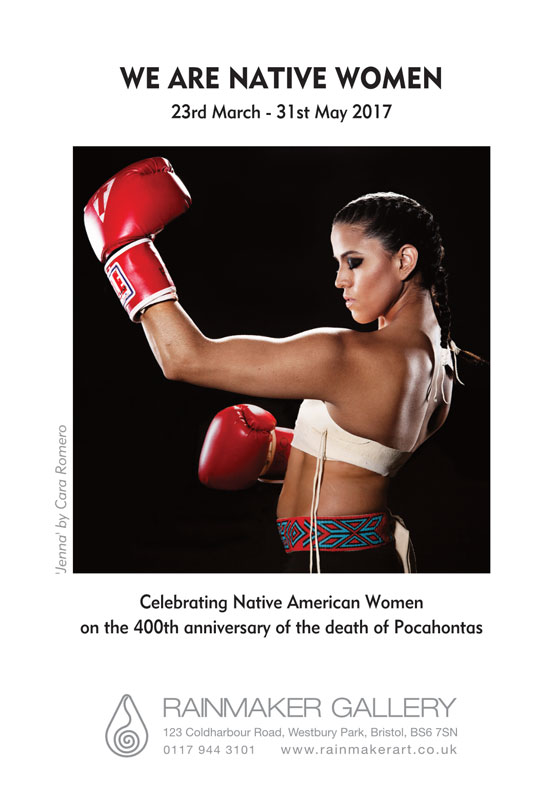
Sierra Edd
Sierra is a Navajo poet, filmmaker, and artist. Her work has been featured in the Native Re-Appropriations Exhibit at the Center for the study of Race and Ethnicity in America at Brown University (2015-16) and an online exhibit entitled, States of Mind (2017). Her poetry has also been included in the AsUs online journal as well as The Round, a college literary publication. As a college undergraduate at Brown University, Sierra is a Mellon Mays fellow who does research surrounding racial violence in border town communities outside the Navajo reservation.
“As a member of the Navajo tribe in the Four Corners region, I have seen the ways in which violence and erasure have impacted Native communities. At the same time, I have understood how Native peoples have mobilized art as a means to resist these injustices. It is this resilience which motivates me to produce artwork. This collection of art reflects my experience as a Navajo/Diné woman. It is also way of reflection on the current political climate and the Standing Rock movement. With my role as an artist I then work toward amplifying Native voices that are structurally silenced. To me, the art I create is a culmination of the labors of my mother, and her mother, and is now one way of giving back to them. My activism and my storytelling must be visible in order to counteract the historic amnesia of the effects of global capitalism, colonialism, and white supremacy. It is important that these issues be taught and spread through visual representation.”
Three art works by Sierra Edd are featured in the exhibition WE ARE NATIVE WOMEN at Rainmaker Gallery throughout spring 2017.
Rebecca Rolfe’s Real Name: “This painting reflects the history of erasure of Native women’s identities and narratives throughout the formation of the United States. I chose to focus on the image of Pocahontas in her European clothes to critique the modes of assimilation that Native peoples have undergone since colonization in the Americas. Native identity especially for Native women have been policed in many ways. The intersections of race, gender, and class all inform how young Native girls view themselves, and become subject to the Western gaze. With this piece, I attempt to break that gaze and give agency to Indigenous women.”
Am I Next?: “This painting visualizes the emotions I have undergone as a Diné woman confronted with gendered violence in reservation bordertowns. It embodies my reflections of environmental harm from the 2015 Gold King river spill in the Animas River, Durango, Colorado as well as the traumas associated with intergenerational violence against women. This art piece highlights the ways in which violence on the land is also violence inflicted on the body, as a result of hetero-patriarchal colonialism.”
Identity of Stars and Stripes: “With this art piece, I wanted to show the depths and complexities of Native identity in the 21st Century. The vast layers of images in the piece illustrate how media and representations of Native peoples are often generalized and misinformed by mainstream American culture. It is so important to have agency as Native peoples within visual representation and through this image I am enacting that visual sovereignty—the ability to self-identify.”
